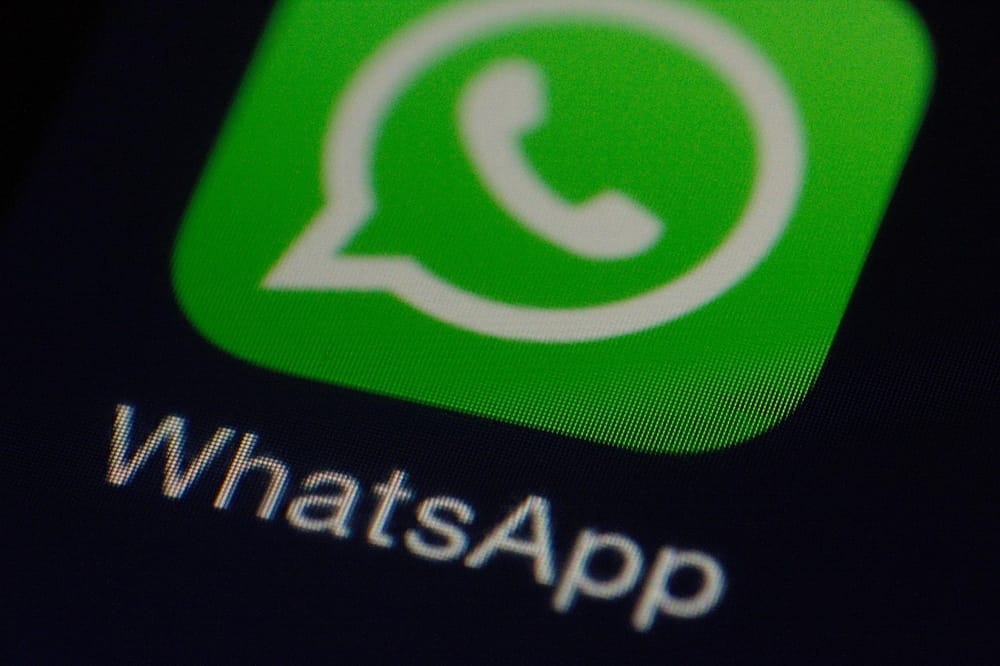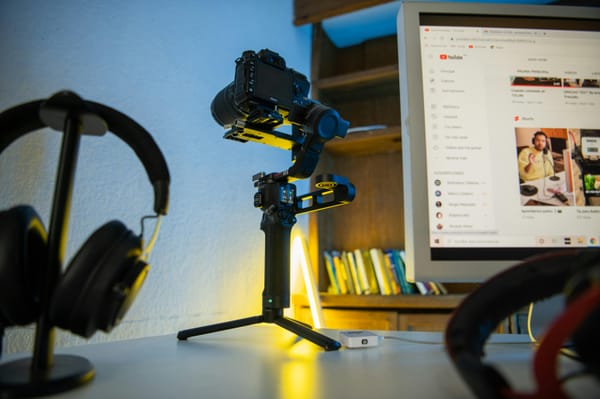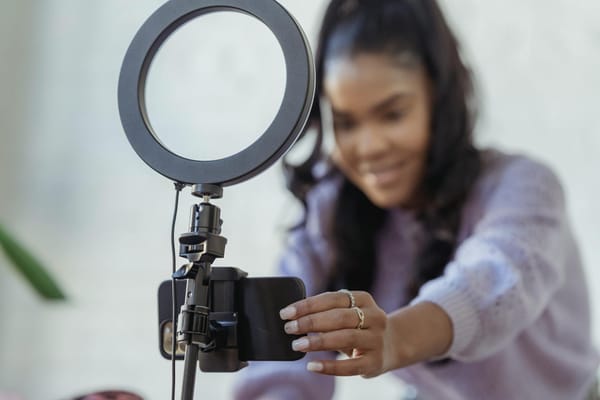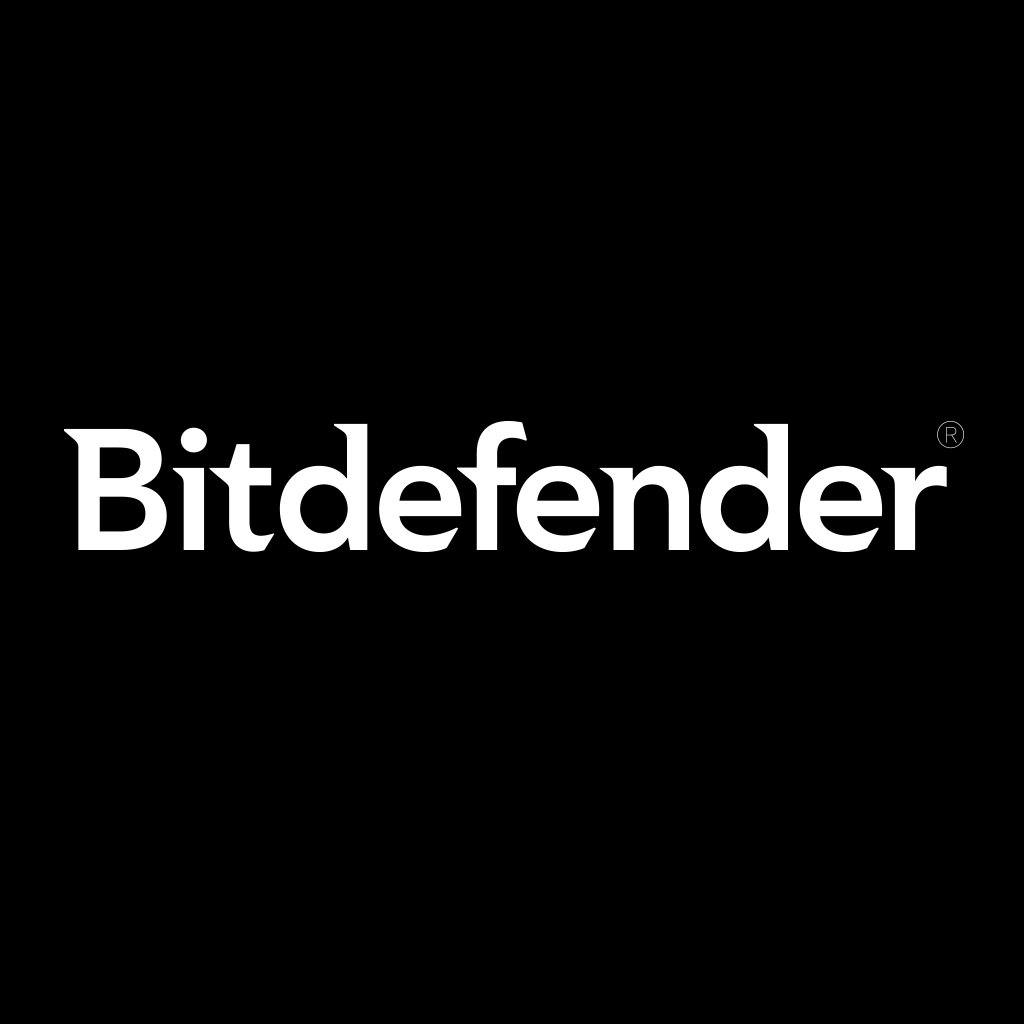Content Creators: Why 2FA Isn't Enough – How Hackers Bypass Basic Security
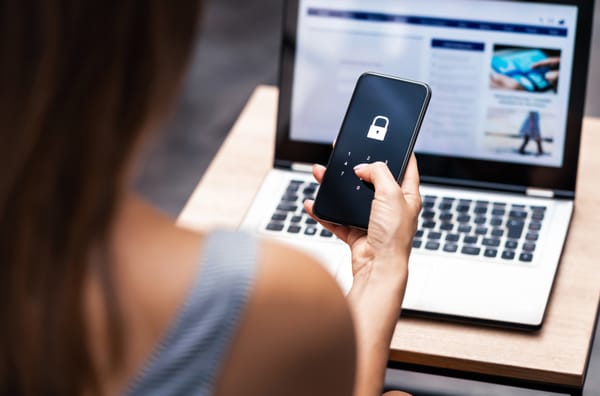
Two-Factor Authentication: A False Sense of Security?
Two-factor authentication (2FA) is widely promoted as a must-have security feature for all online accounts, including content creator accounts on platforms like YouTube, TikTok, and Instagram. While 2FA is an extra layer of security, it isn’t bulletproof. Hackers have evolved, developing ways to bypass it and hijack accounts with alarming efficiency.
In this article, we explain why 2FA isn’t enough, how attackers sidestep this defense, and what content creators can do to better protect their accounts.
How Hackers Bypass 2FA
Understanding Session Cookies and Tokens
Session cookies and tokens are small data files stored in a user’s browser after logging in to an account. They let users stay logged in without having to enter their credentials repeatedly. However, these session credentials can be hijacked by hackers, rendering 2FA useless.
The Problem: Stolen Session Cookies Render 2FA Useless
If an attacker gets hold of a creator’s session cookie or token, they can access the account without needing to enter a password or 2FA code. This effectively neutralizes the extra security 2FA provides.
How It Happens: The Role of Infostealers
Infostealer malware is a growing threat, particularly against content creators. These malicious programs silently extract sensitive data, including stored passwords and session cookies. Hackers commonly use phishing campaigns to trick creators into downloading an infected file. Here’s how they operate:
- Phishing Emails: Cybercriminals pose as brands offering lucrative sponsorship deals.
- Malicious Attachments or Links: They send fake contracts or project files that contain infostealer malware.
- Infection: Once opened, the malware installs itself and begins extracting session cookies, passwords, and autofill data.
- Account Takeover: The hacker imports the stolen session data into their own browser, instantly gaining full access to the creator’s account—bypassing 2FA entirely.
Related:
- How to Protect Your Social Media Accounts from Hackers
- YouTube Account Hacked? How to Recover & Secure Your
- What Is Account Takeover (ATO) And How to Protect Against It
Real-World Case Studies
- Action Fraud Reports a Surge in Account Takeovers: Over 33,600 people reported social media or email hacking in a single year, with combined losses exceeding £1.4 million.
- FBI Warns of Cookie Theft: Cybercriminals increasingly use stolen session cookies to bypass MFA protections, allowing them to access accounts undetected
- Bitdefender Research on Malvertising Campaigns: Hackers use fake ads and AI-generated scam pages to distribute infostealers that specifically target social media accounts.
Related:
- How to Protect Your Social Media Accounts from Hackers
- YouTube Account Hacked? How to Recover & Secure Your
- What Is Account Takeover (ATO) And How to Protect Against It
- Unmasking the SYS01 Infostealer Threat: Bitdefender Labs Tracks Global Malvertising Campaign Targeting Meta Business Pages
- AI meets next-gen info stealers in social media malvertising campaigns
- Stream-Jacking 2.0: Deep fakes power account takeovers on YouTube to maximize crypto-doubling scams
Why Content Creators Can’t Rely on 2FA Alone
Content creators are not just making videos, they are also consumers who shop, stream, invest, and use AI tools to generate content. This increased online activity makes them highly vulnerable to a variety of cyber threats beyond just phishing emails disguised as sponsorship deals. Every aspect of their digital footprint presents an entry point for attackers looking to compromise their accounts.
The reality is that attackers continuously evolve their methods, preying on creators' exposure to common cyber risks:
- On-Platform Chain Hacking: Once a hacker gains control of an account, they impersonate the creator to lure in more victims
- Leaked Passwords and Phishing: Data breaches and poor password hygiene make it easier for attackers to break into accounts.
- SIM Swapping: Attackers hijack phone numbers to intercept SMS-based 2FA codes.
- Malvertising and Infostealers: Hackers launch fake ads that trick creators into downloading malware designed to steal passwords, session cookies, and financial data.
- Exploiting Shopping and Investment Habits: Cybercriminals take advantage of e-commerce fraud, compromised financial apps, and AI-driven scams targeting creators who use automated tools for content generation.
These tactics prove that, even with 2FA enabled, content creators face serious risk of account takeovers and financial losses. Since their exposure to cyberthreats extends beyond social media, they must adopt stronger security measures across all aspects of their digital presence.
How to Protect Your Creator Account
To safeguard their accounts, creators must go beyond 2FA and adopt more robust security measures.
1. Use Hardware-Based Security Keys
Unlike SMS-based 2FA, hardware security keys require physical authentication, making them resistant to phishing and malware attacks.
- Benefit: Even if a hacker steals your password, they can’t access your account without the physical key.
- How to Use: Register a hardware key with major platforms like Google, YouTube, and Twitter.
2. Enable App-Based Multi-Factor Authentication (MFA)
App-based authentication, such as Google Authenticator or Bitdefender Security for Creators, generates time-sensitive codes that are stored on your device, preventing hackers from intercepting them.
- Benefit: More secure than SMS-based 2FA and resistant to SIM-swapping attacks.
- How to Use: Set up an authenticator app for all accounts that support it.
3. Use Bitdefender Security for Creators
Bitdefender Security for Creators is a comprehensive cybersecurity solution designed specifically to protect content creators, regardless of their niche or subscriber count. This all-in-one security suite safeguards accounts and devices against a wide range of digital threats.
Key Features:
- YouTube Channel Protection: Monitors your channel 24/7 for account takeover attempts and provides a guided recovery process if compromised.
- Account Health Monitoring: Continuously scans for security vulnerabilities and potential breaches.
- Guided Recovery: A step-by-step guide to help you regain control of a hacked account.
- Scam Guard: Flags suspicious emails from fraudulent sponsors, preventing phishing attacks.
- Device Protection: Secures login credentials, protects against malware, and ensures safe public Wi-Fi usage.
- Team Shield: Extends protection to all team members with access to your YouTube account.
- Live Reports: Provides real-time security insights, tracking account performance and risks.
4. Regularly Clear Browser Cookies & Use Secure Browsers
Since session cookies are prime hacker targets, regularly clearing them helps reduce risk.
- Benefit: Eliminates stored session data that attackers can steal.
- How to Use: Set your browser to automatically clear cookies upon closing.
Stay protected. Stay ahead. And make cybersecurity a top priority in your content creation journey.
As a content creator, your online presence is your livelihood. Cybercriminals see high-profile accounts as prime targets, and their tactics are only getting more advanced. By going beyond basic 2FA and implementing robust security solutions, you can protect your content, reputation, and revenue from evolving cyber threats.
Get Proactive with Bitdefender Security for Creators
Bitdefender Security for Creators provides the most advanced protection against phishing, infostealers, and unauthorized access, ensuring your accounts and digital assets remain secure.
FAQs
1. What is two-factor authentication (2FA)?
Two-factor authentication (2FA) is an extra security layer that requires users to provide two verification factors to access their accounts, typically a password and a one-time code from their phone or email.
2. How can hackers bypass 2FA?
Hackers use means such as infostealers, which steal 2FA tokens from your device, and SIM swapping, where they hijack your phone number to intercept SMS-based verification codes.
3. Is 2FA still effective?
While 2FA is better than using just a password, it has limitations. Hackers have developed ways to bypass it, so it’s no longer enough to rely solely on 2FA for account protection.
4. What is the best alternative to SMS-based 2FA?
Using hardware-based security keys or app-based MFA, such as Google Authenticator provides stronger protection against attacks like SIM swapping and phishing.
5. Should I stop using 2FA altogether?
No, you shouldn’t stop using 2FA. However, we recommend enhancing your security by combining 2FA with hardware keys or app-based multi-factor authentication and a dedicated security solution like Security for Content Creators for comprehensive protection.
tags
Author
Alina is a history buff passionate about cybersecurity and anything sci-fi, advocating Bitdefender technologies and solutions. She spends most of her time between her two feline friends and traveling.
View all postsRight now Top posts
How to Protect Your WhatsApp from Hackers and Scammers – 8 Key Settings and Best Practices
April 03, 2025
Outpacing Cyberthreats: Bitdefender Together with Scuderia Ferrari HP in 2025
March 12, 2025
Streamjacking Scams On YouTube Leverage CS2 Pro Player Championships to Defraud Gamers
February 20, 2025
How to Identify and Protect Yourself from Gaming Laptop Scams
February 11, 2025
FOLLOW US ON SOCIAL MEDIA
You might also like
Bookmarks

